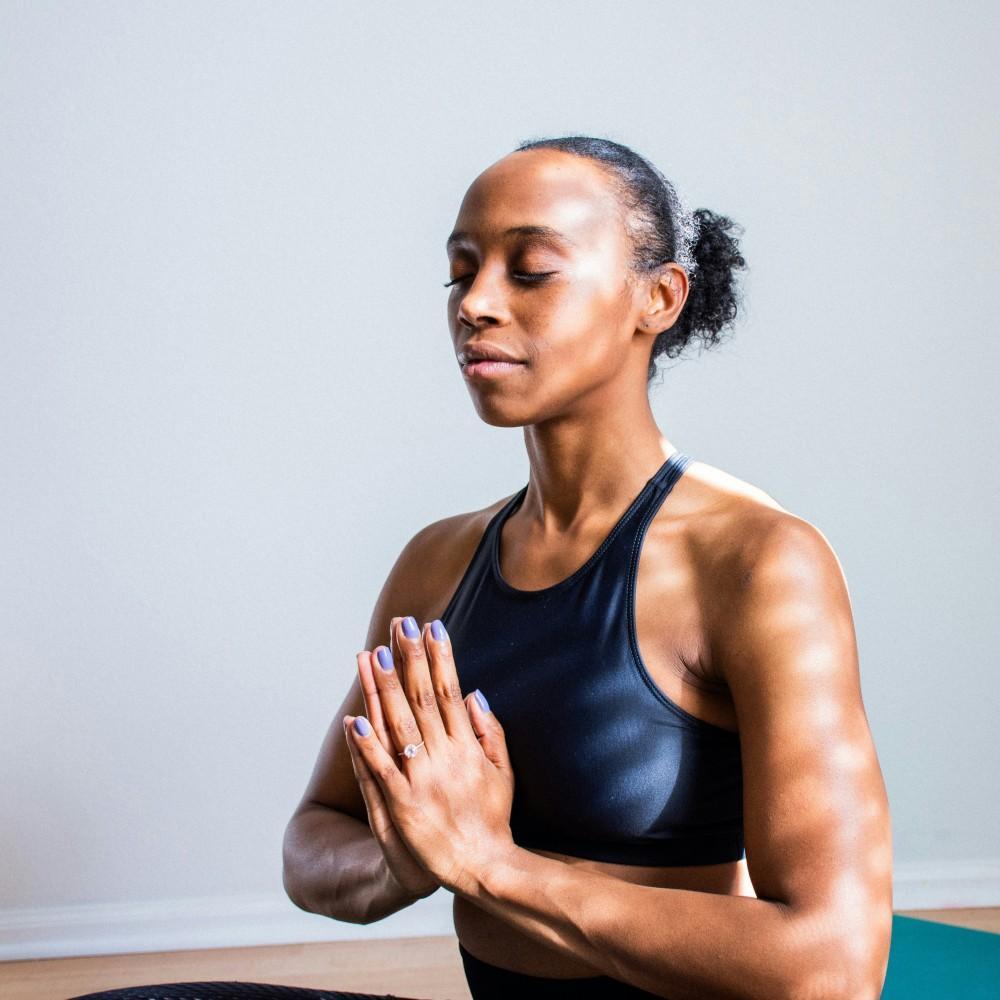
What is the Most Complicated Part of Your Body?

Your Foot?!
The foot is an architectural marvel. Together, the feet contain one-fourth (52 of 208) of all the bones in the body. Structurally there are three arches (transverse, longitudinal, lateral) that provide support, stability, and aid in locomotion. The three-arch system contains an elaborate support system of ligaments, tendons, and muscles – the largest of which is smaller than one’s thumb. Ground impact forces of running or jumping can multiply the stress on the foot between 3-22 times one’s body weight. Any muscular imbalance, ligamentous laxity, or aberrant mechanical action (due to injury, flat feet, high arches, blisters, etc.) predisposes the foot to injury.
The largest bone in the foot is the calcaneus. The most common site of injury in the plantar fascia is at the attachment point of the plantar fascia on the medial tubercle of the calcaneus. The plantar fascia fans out over the sole of the foot ending in the plantar surface of the toes.
The calcaneus is also the attachment point of the Achilles tendon/gastrocnemius complex. The Achilles attaches to the posterior superior aspect of the calcaneus and makes for a powerful lever. It is the forceful contraction of the gastric that allows one to run and jump. Injury to or chronic shortening of the Achilles/gastrocnemius complex disrupts normal foot mechanics and predisposes the plantar fascia to injury.
The foot assumes two different roles during locomotion, surface adaptation and stabilization. During heel strike, the foot is slightly supinated as it is during toe-off. Supination (ankle rolls out) locks in the bones of the foot making for a more rigid lever. During pronation (ankle rolls in) at mid-stance, the arch flattens, balancing the body’s weight while at the same time absorbing shock.
The plantar fascia plays a key role in both facilitating the “lock in” of the arch during supination and dissipation of shock during mid-stance. During the third phase of ground contact, called toe-off, the plantar fascia is tractioned tight over the plantar surface of the base of the toes. Due to the limited elastic qualities of the plantar fascia, the arch is slightly raised, creating the rigid lever to better apply the results of the forceful gastrocnemius contraction. This is called the Windlass Effect.
During the mid-stance/pronation phase, the arch flattens to absorb the shock of ground contact. Again, the elastic qualities of the plantar fascia are tested. There is a limit to how much repetitive trauma this tissue can sustain before micro tears happen with pain usually presenting on the calcaneus.
Any foot problem that increases the pronation phase can predispose the plantar fascia to injury. Many feet, knee, hip, and lower back problems can be traced to an unstable subtalar joint. The subtalar joint is made up of two bones, the superior talus, and the inferior calcaneus. Injury to or laxity of supporting ligaments of the subtalar joint can destabilize the foot creating a situation of exaggerated or prolonged pronation during ground contact.
Understanding the anatomy and mechanics of the foot also helps one design a successful rehabilitative program and give clues for early identification of athletes at risk and time to initiate preventative measures.
Summary
By learning more about the marvel of how our feet facilitate every step, we can better understand how to prevent and treat symptoms associated with them. When foot injuries are present, whatever is required depends on the area affected and the symptoms present, and that is why it is important to have a team of doctors that is able to identify the root cause.
At BBC Health in Lewisville, Texas, we know how to identify, treat, or refer in the proper direction for any problems with your feet or walking gait. As a primary care provider, we can quickly provide medical, chiropractic, and rehab treatments in order to get you well as fast as possible. If you’re suffering from foot pain, don’t delay, and contact us immediately to see how we can help.
You Might Also Enjoy...


How You Can Prevent Injuries

Rediscover Comfort: Exceptional Physical Medicine & Chiropractic Care at BBC Health Lewisville

Chiropractic Care During Pregnancy: A Safe Path to Comfort and Natural Delivery

BBC Health in Lewisville: Serving Veterans and Their Families with CHAMPVA



